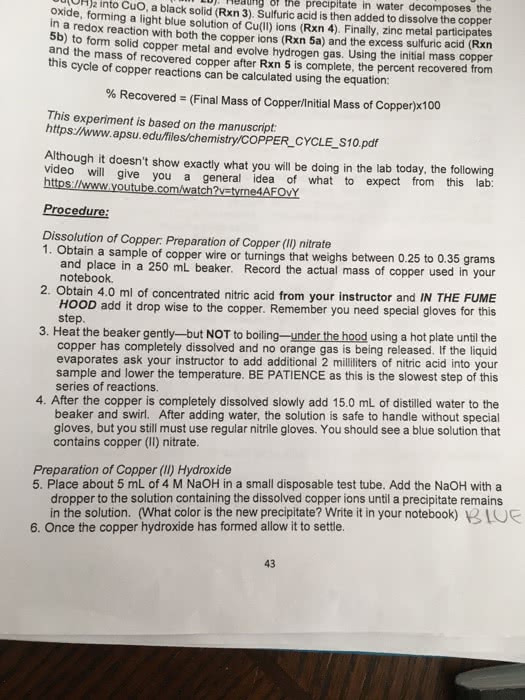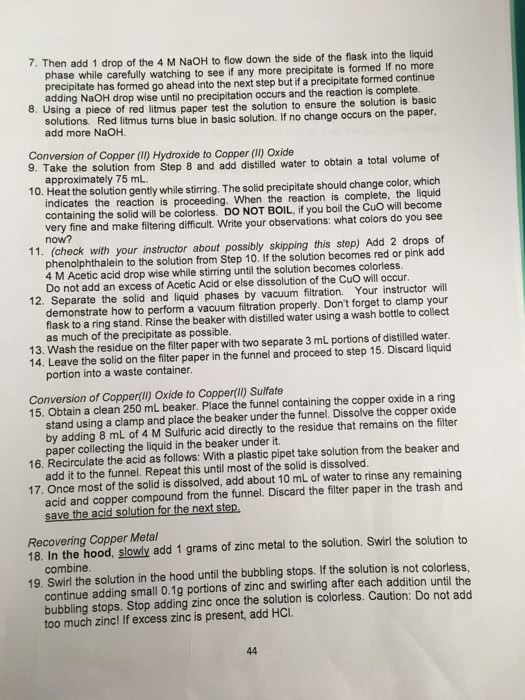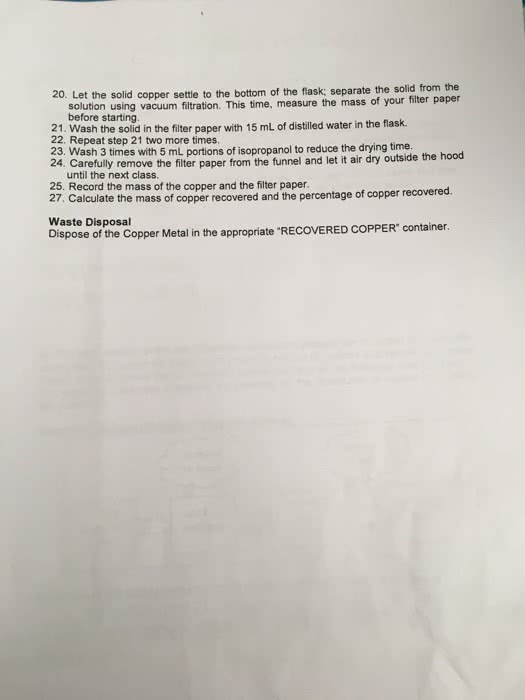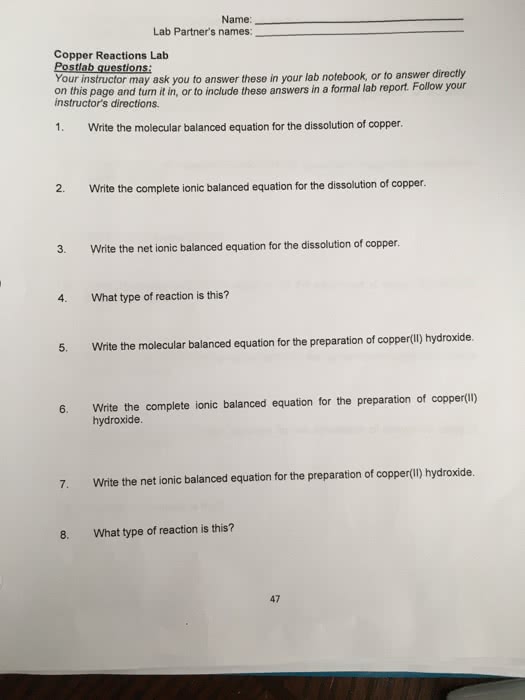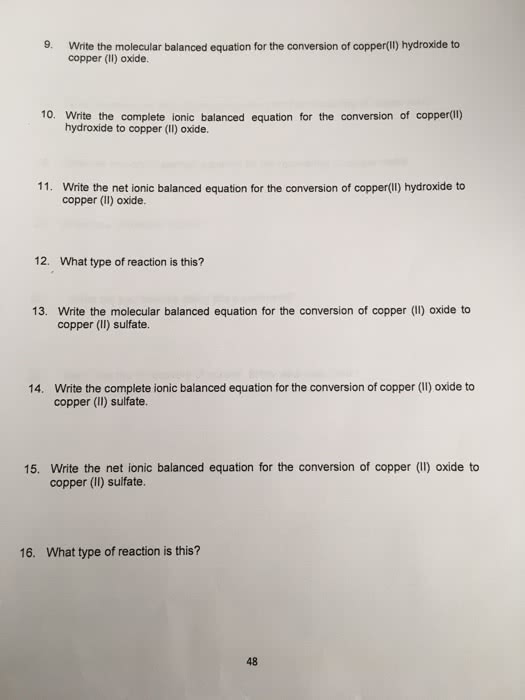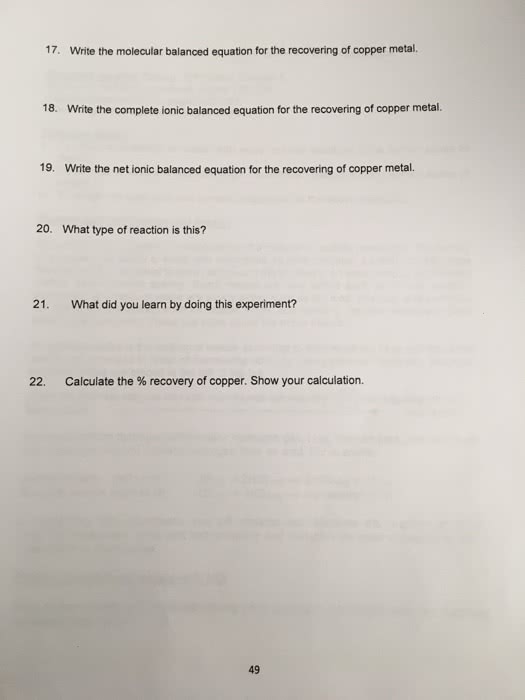CHEM10007 Lecture Notes - Lecture 16: Chemical Thermodynamics, Thermodynamic Temperature, Spontaneous Process

LECTURE 16 - THERMOCHEMISTRY
CHAPTER 8 - CHEMICAL THERMODYNAMICS
8.1 INTRO TO CHEMICAL THERMODYNAMICS
•Chemical reactions and physical changes occur in one particular direction only under particular
conditions of temperature and pressure. Such changes are spontaneous, changes that occur by
themselves with no outside assistance.
•Eg. If a block of ice is left at room temperature and atmospheric pressure, it will eventually
melt to liquid water. But liquid water under the same conditions will never solidify into ice.
•Eg. When a lump of solid metal is placed in water, a chemical reaction occurs, forming
hydrogen gas and aqueous sodium hydroxide. But if we try to bubble hydrogen gas through
an aqueous solution of sodium hydroxide, no chemical reaction is observed and no solid metal
is formed.
•These reactions cannot be ‘reversed’; they can only occur in a single direction.
•The above examples are spontaneous reactions that proceed to completion, but there are many
other spontaneous reactions that do not give complete conversion of reactants to products.
•Eg. If we react N2O with O2 at room temp and atmospheric pressure, we will get NO2. But this
does not mean that if we mixed 2 moles of N2O and 3 moles of O2 that we would obtain 4 moles
of NO2 In fact, we’d find that no more than 2 moles of NO2 would form no matter how long we
waited.
•Thus, a balanced chemical equation tells us nothing about whether or not a particular reaction
proceeds to completion, it simply tells us the mole ratios in which reactants react to give products.
•We can also force non-spontaneous reactinos to proceed if we couple them to a spontaneous
process.
•Eg. Water does not spontaneously decompose into hydrogen gas and oxygen gas, but by
passing an electric current through water, we can force the reaction to proceed; 2H2O(l) =
2H2(g) + O2(g). However, this decomposition will only continue to occur as long as the
electric current continues to be passed through the water. As soon as it stops, the
decomposition will stop.
•This particular process is called electrolysis; chemical composition induced by passing an
electric current through a liquid or solution containing ions.
•This exemplifies the main difference between spontaneous and non-spontaneous changes;
spontaneous changes, once begun, tend to proceed to completion or until it stops of its own
accord, while non-spontaneous events can only continue as long as it receives some sort of
outside assistance (Eg. the electrical current).
•Spontaneous changes are like balls on top of a hill; once pushed, the ball will roll spontaneously
down the hill until it reaches the bottom; the point of minimum energy.
•All non-spontaneous events occur at the expense of spontaneous ones.
•The science of chemical thermodynamics allows chemists to predict both the direction and extent
of spontaneous chemical and physical change under particular conditions. Chemical
thermodynamics is the study of the role of energy in chemical change and in determining the
behaviour of materials.
•It helps us to understand how energy is stored, released and transferred during chemical reactions,
and allows us to predict which reactions are spontaneous and which will need to be driven by
energy from another process.
•Some reactions, such as those that lead to the break down of molecules in our bodies, are
thermodynamically spontaneous and once started will lead to almost complete conversion of
reactants to products.
HEAT & TEMPERATURE

hHeat (q) is a transfer of energy due to a temperature difference.
hIf two bodies having different temperatures are brought into direct contact, there will be heat flow
from the hotter to the colder body until both are at the same temperature.
hWe cannot measure heat directly.
hTwo bodies have the same temperature if they are in thermal equilibrium; that is, there is no heat
flow between them when they are in direct contact.
hThe thermodynamic temperature or absolute temperature is a temperature scale in which
temperature is measured in Kelvin.
SYSTEM, SURROUNDINGS & UNIVERSE
•We use the word system to refer to the part of the universe under study and separated from the
surroundings by a real or imaginary boundary. A system may be open, closed or isolated.
•Everything else that is not in the part of the universe being studied is referred to as the
surroundings; the part of the universe not under study and separated from the system by a real or
imaginary boundary.
•A boundary is the interface between a system and its surroundings across which energy or matter
may pass. The boundary may be visible, such as the walls of a beaker, or invisible, such as the
boundary that separates warm air from cold air along a weather front.
hOpen systems can gain or lose mass and energy across their boundaries.
hEg the human body.
hClosed systems can absorb or release energy, but not mass, across the boundary. The mass of a
closed system is constant, no matter what happens inside.
hEg a lightbulb.
hIsolated systems cannot exchange matter or energy with their surroundings. Because energy
cannot be created or destroyed, the energy of an isolated system is always the same no matter
what happens inside. Processes that occur within an isolated systemwith no heat transfer are
called adiabatic.
hEg. A stoppered vacuum flask.
UNITS
•
THE CHANGE IN THERMODYNAMIC QUANTITY X
•
THE INITIAL pH
•
Energy and chemistry
Molecular-sized “photochemical factories” within plants transform the light energy from the sun
into chemical energy. This energy can be released - sometimes with devastating consequences.
Kinetic energy
Kinetic energy is associated with movement.
An object that is moving has the potential to do work.
KE = 1⁄2 mv2 = 0.5 × m × v2!
A 1000 kg car moving at 30 m/s (108 km/h) has a kinetic energy of:
KE = 0.5 × 1000 × 900 = 450 000 J
Potential energy

Potential energy is due to position or composition.
For example the water behind a dam wall has potential energy.
If the water is released then the potential energy becomes kinetic energy and work can be done.
Thermal energy:!
type of kinetic energy
Thermal energy is related to the average kinetic energy of molecules and atoms
- translation, vibration, rotation energy
Translational energy Vibrational energy Rotational energy
Thermal energy
• The average kinetic energy of particles is proportional to temperature i.e. particles move faster at
higher temperatures.!
• Closer to absolute zero (-273oC = 0 K) the particles have minimal thermal energy – they have
almost stopped moving.
Chemical energy:!
type of potential energy
Chemical energy is a form of potential energy.
In a chemical reaction, chemical energy is often converted into kinetic energy (i.e. heat or thermal
energy).
Consider the acid-base reaction:
H+(aq) + OH-(aq) = H2O(l)
Upon mixing, the solution becomes warm, because as the product forms, some chemical energy of
the reactants has been converted into the thermal motion of the solution particles.
Chemical energy
Another example is cooking on a gas stove:
CH4(g) + 2O2(g) = CO2(g) + 2H2O(g)
Chemical energy in the reactant molecules is released and heats up the contents of a saucepan.
Chemical energy
Photosynthesis is an example where solar energy is provided so that a chemical reaction proceeds.
6CO2(g) + 6H2O(g) C6H12O6(aq) + 6O2(g)
Here the solar energy from the sun is absorbed by the reactant molecules, providing energy for the
reaction to occur.
Temperature
Document Summary
8. 1 intro to chemical thermodynamics: chemical reactions and physical changes occur in one particular direction only under particular conditions of temperature and pressure. Such changes are spontaneous, changes that occur by themselves with no outside assistance: eg. If a block of ice is left at room temperature and atmospheric pressure, it will eventually melt to liquid water. But liquid water under the same conditions will never solidify into ice: eg. When a lump of solid metal is placed in water, a chemical reaction occurs, forming hydrogen gas and aqueous sodium hydroxide. If we react n2o with o2 at room temp and atmospheric pressure, we will get no2. Water does not spontaneously decompose into hydrogen gas and oxygen gas, but by passing an electric current through water, we can force the reaction to proceed; 2h2o(l) = However, this decomposition will only continue to occur as long as the electric current continues to be passed through the water.




